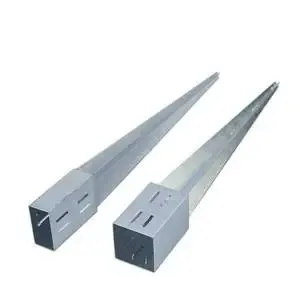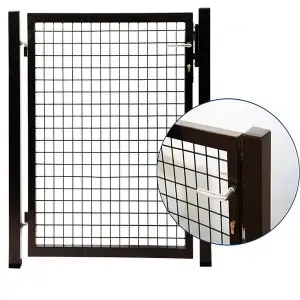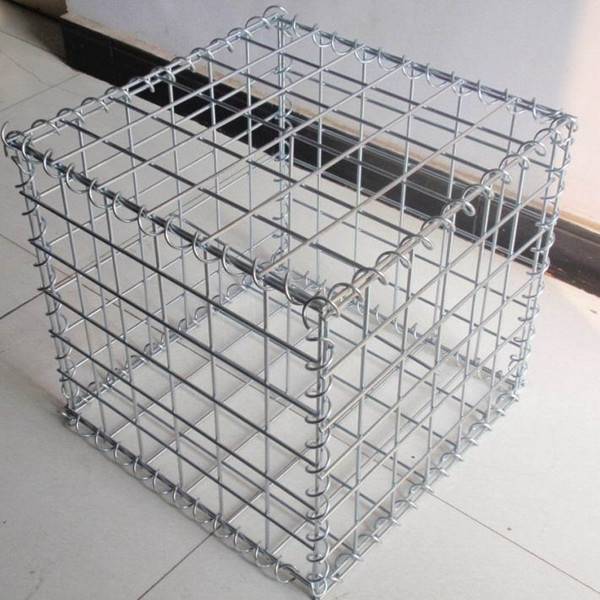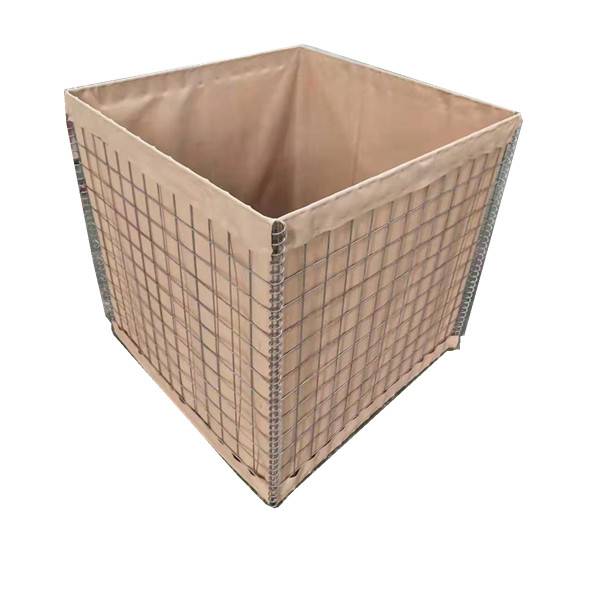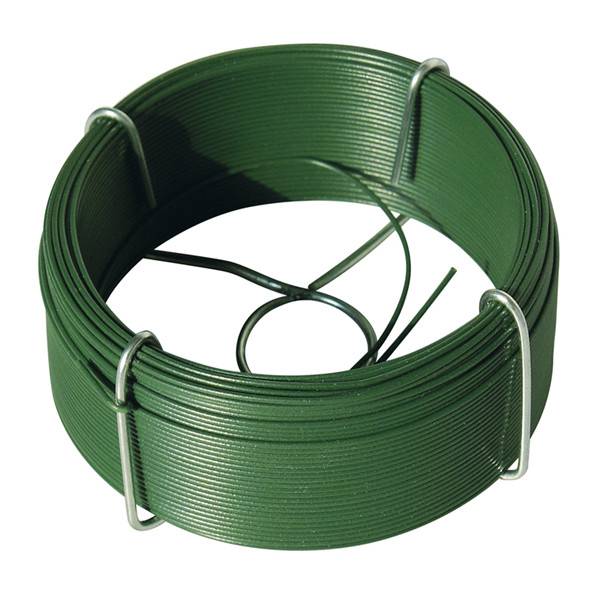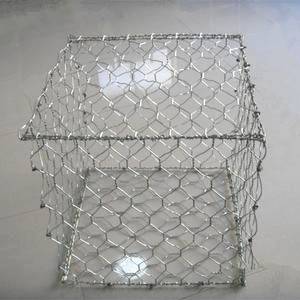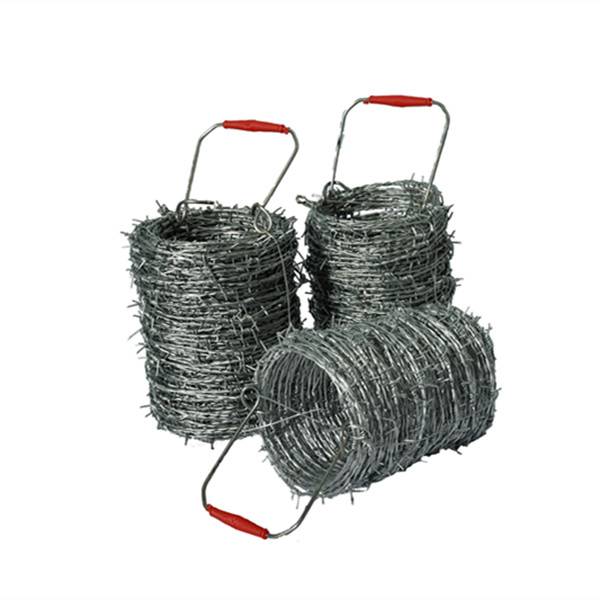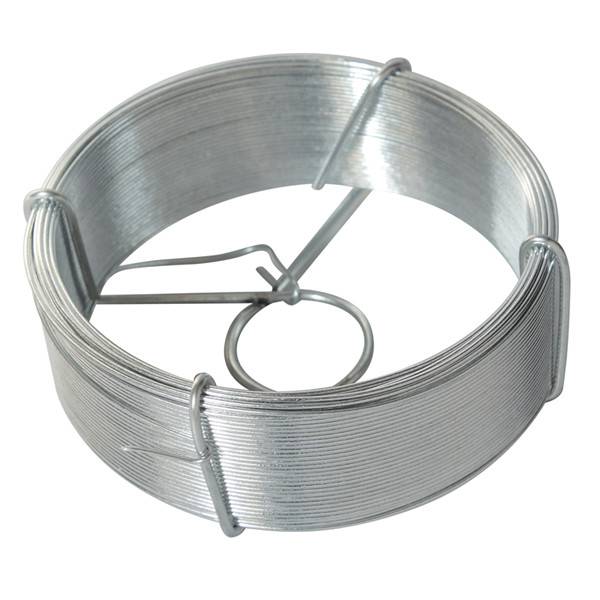
Nov . 07, 2024 08:58 Back to list
fitting a field gate
Fitting a Field Gate A Comprehensive Guide
Fitting a field gate is an essential task for many landowners and farmers. A gate serves not only as an entry point but also as a means to secure livestock and crops, maintain privacy, and delineate property boundaries. In this article, we will explore the steps involved in successfully fitting a field gate.
Choosing the Right Gate
Before the installation process begins, selecting the appropriate gate is crucial. Field gates come in various materials, including wood, metal, and vinyl, each with its own advantages. Wooden gates are aesthetically pleasing and blend well with natural settings, while metal gates offer durability and security. Consider the size of the opening, the purpose of the gate, and the overall style of your property when making your choice.
Gathering Tools and Materials
Once the gate is selected, the next step is to gather the necessary tools and materials for installation. Common tools required include a shovel, level, tape measure, hammer, and screwdriver. Additionally, you will need hinges, a latch, and possibly a post for support, depending on your gate’s design and weight.
Measuring the Opening
The first step in fitting the gate is measuring the opening where the gate will be installed. It’s essential to ensure that the gate fits properly to avoid any issues later on. Most gates require a slight gap on either side for free movement, so take measurements carefully. Recording the dimensions accurately will help in avoiding costly mistakes.
fitting a field gate

Setting Gate Posts
If your gate requires a new post, start by digging holes for the posts, which should be deep enough for stability—typically about one-third of the post length should be underground. Place the post in the hole, ensuring it is vertical with a level. Fill the hole with concrete to secure the post in place, allowing it to cure as recommended. This step is crucial, as the strength of your gate relies heavily on the stability of the posts.
Hanging the Gate
With the posts in place, it’s time to hang the gate. Attach the hinges to the gate first, ensuring they are positioned at the correct height to allow the gate to swing open and closed without obstruction. Once the hinges are secured, align the gate with the post and attach the hinges to the post. It's advisable to have someone assist during this process to hold the gate in place while you secure it.
Installing the Latch
The final step in fitting a field gate is installing the latch. Choose a latch that is easy to operate and reliable. It should be positioned at a convenient height and allow for secure closure of the gate. Test the gate to ensure it swings freely and latches properly.
Conclusion
Fitting a field gate may seem daunting, but by following these straightforward steps, you can achieve a secure and functional installation. A well-fitted gate not only enhances the security of your property but also adds to its visual appeal. Proper maintenance of the gate will ensure its longevity, making it a valuable investment for years to come.
-
Why a Chain Link Fence is the Right Choice
NewsJul.09,2025
-
Upgrade Your Fencing with High-Quality Coated Chicken Wire
NewsJul.09,2025
-
The Power of Fence Post Spikes
NewsJul.09,2025
-
The Best Pet Enclosures for Every Need
NewsJul.09,2025
-
Secure Your Property with Premium Barbed Wire Solutions
NewsJul.09,2025
-
Enhance Your Construction Projects with Quality Gabion Boxes
NewsJul.09,2025
Products categories




